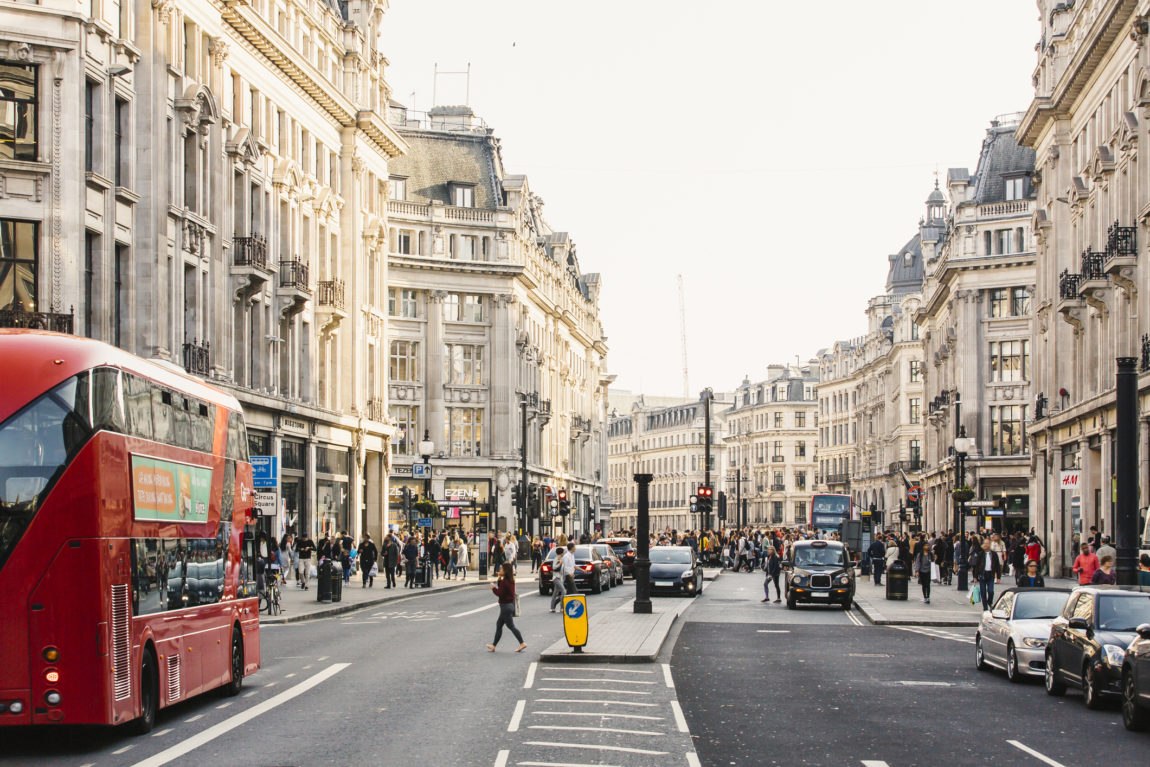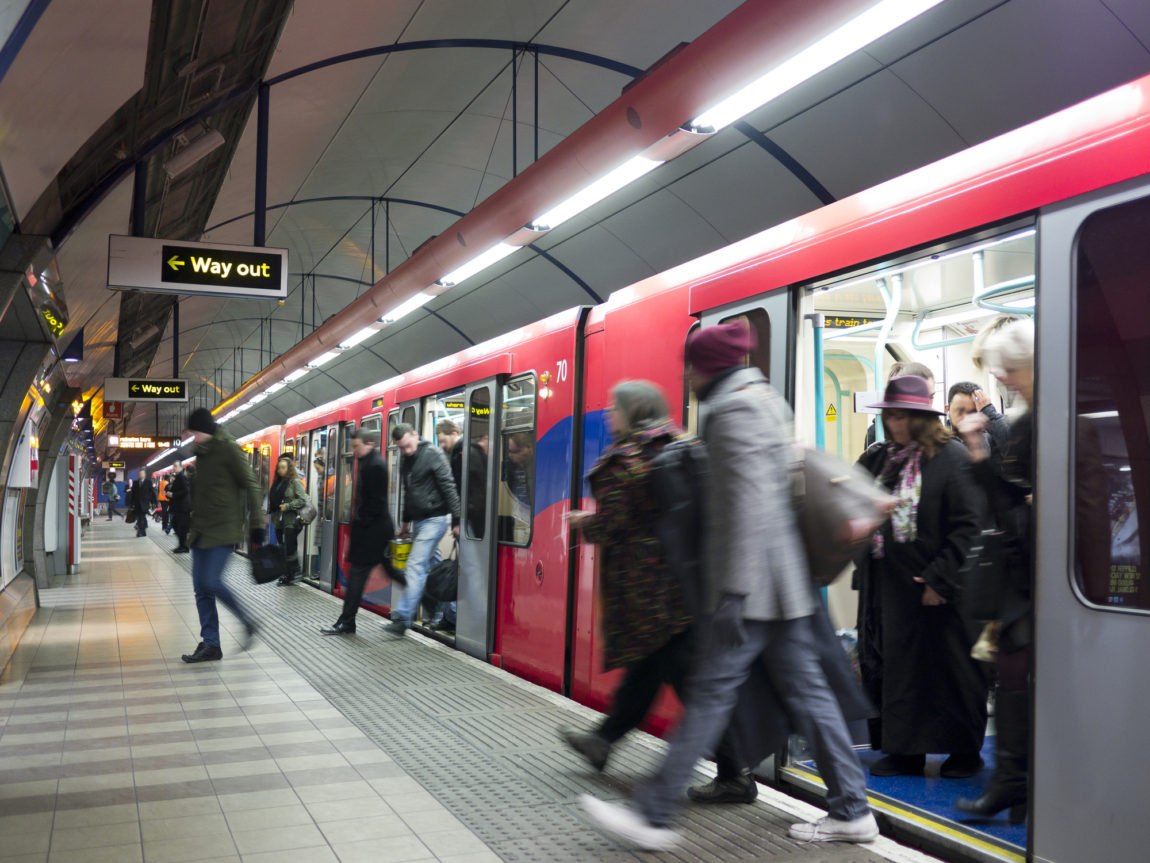Iconic US food and drink experiences
There’s no shame in eating and drinking your way across the USA – why wouldn’t you? As you make your way ...
KEEP READING
It’s common for young Australians to want to get out of their native country and experience other parts of the world. One of the more popular destinations for these expats is the UK, and no wonder! With exciting places like London – a city with the saying ‘when a man is tired of London, he is tired of life; for there is in London all that life can afford.’ In fact, VisitBritain statistics show that Australia makes up around 8 per cent of all visits to the UK every year. Plus, easy access to nearby European cities, like Paris, Rome and Madrid, the UK makes for a great home for restless travellers.
However, that side of the world is incredibly different than Australia, so it’s possible for newcomers to feel overwhelmed. Don’t worry, the process is less daunting than you’d think – here’s what you need to know.
Your journey to the UK begins with the application process. The working holiday visa is for Australians aged 18-30 who are applying for the first time, with no dependent children and have more than AUD4,000 in the bank when applying. You can submit an application through the UK Border Agency’s web site, or have an agency do it for you. However, the application is very easy and really only takes a couple of minutes to fill it out online.
Here is a shortlist of what you need to apply:
The fastest way to travel to the UK from Australia is, of course, by air. However, it’s still quite the lengthy trip – the shortest air time you can get is around 21 hours. Most trips have a stopover or two, so it can wear you down easily. The best use of your time is to try and get on UK time. Australia is about nine hours ahead with 11 time zones in between the two. For every time zone you cross, it usually takes the body one or two days to adjust (a week to a week and a half in this case). Set your clock to UK time as you travel and try to keep yourself up.

Photo credit Getty/Alexander Spatari
Some may choose to wait to find accommodation until they arrive and feel out the city. This is a doable option as there are many cheap hostels (some under $20 a night with free WiFi) around the city that you can stay in until you find a place that looks good for you. If you want to get things settled before you get over there, however, sites like Gumtree make searching for a house or apartment easy. It’s also a good place to go for everything from cars to services and everyday items.
Your move is going to be infinitely easier if you set up your bank details before you go. You’ll need to get a National Insurance Number which is essentially the same thing as your Tax File number. You’ll need this number to get paid/for taxes, so it’s an important one to get ahead of time. The application process is through Jobcentre Plus and just involves a quick phone call (at 0345 600 0643) prompting you with a few questions. It can take a few weeks to get this number, so make sure you do it well in advance of your trip.
Getting your bank account can be tricky to do before you arrive, as they often require a residential address. However, some banks let you put in your hostel address or use one of a friend, if you know someone in the area. These details can be changed once you find more permanent housing. Have a piece of mail sent to that address so you have proof of your staying there. Major banks in London include HSBC and Barclays, but you can also find ANZ Bank (Europe) Limited there, making it easy for Australians using that bank.

Photo credit Getty/Travelpix Ltd
The UK drives on the left side of the road just like in Australia, so you don’t have to worry about learning to drive again. If you plan on getting a car, again, a good place to look for a cheap ride is on Gumtree. However, if you’re going to be living around the crazy streets of London, a better option is to just take public transportation. The Oyster Card is your token to getting around town cheaply. It gives you access to the Tube (the underground train system), buses and train networks.
Information current as of October 10, 2017. Please UK Border Agency’s web site for the latest information.